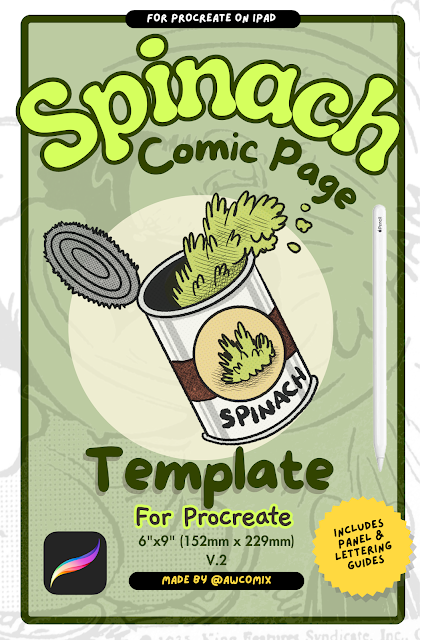Fake it till you make it
Certainly, I know I'm late to the party but I'm finally getting around to watching the Beatles doc get back. I knew it would be interesting, but I also knew it was 6 hours so I put off watching it. However, it is riveting to watch them work and see their creative process.
Here are some things I noticed
A song can develop just from one key piece
In many (if not all) of the songs the lyrics are either incomplete, not there, or change entirely. They usually just start out with one key piece and build them out from there.Fooling around
It's interesting to note when they act comedically. From the outside it looks like they're just mucking around. Certainly, part of it is boredom and they throw in some fun to keep the energy levels up, but even that in itself is interesting. I think what they are doing is eliminating possibilities. They’re trying the song in a funny voice or sped up or slowed down, knowing it probably won't work but one of two things can happing.- They discount with certainty the possibility of doing the song in that different way
- They might just find there something in the change that might work.
Riding the feeling
You can see many times throughout the show how they ride a feeling to reach a certain point. The use their feelings to see if something is working. This is most evident when they're continually trying to produce a concept for the live show. The mangers/producers are pulling their hair out trying to get something locked down. but the band members are casual about it and don't want to commit. From the outside it looks like their indecisive or flippant, but I think they’re waiting for something to feel right, to ring true.Inserting placeholders
In so many of the songs they either make up placeholder phrase or mumble words and phrases as placeholders. These are iconic songs, and you can see they have some of the pieces but not all. They’re comfortable with this, and trust it will come to them if they keep working through it.Not knowing mind
This reminds me of the process of not knowing mind applied to creativity. Not knowing mind is when you can be comfortable with not knowing the right answer or hold two possibilities in your head at the same time. The fact that they can be a couple of weeks away from the deadline and still just noodling away at the edges of things is impressive. Not to say that wasn’t stressful for them though.My own practice
I feel like I already use some of these practices. But after watching the video I’m going to try and see if I can add more of this or bolster what I already do. One aspect where I have practised this is in my writing. Usually I start with a loose idea of the action (Either some jotted down notes or points or in my head) I then place rough and simple outlines of figures on the page first, then I might put in some placeholder text/dialogue and then refine the images more. Once complete I review the text/dialogue and adjust as needed. Bored in Space is mostly written like this.
I would like to see how I could use more placeholder text here if needed, and being ok even with placeholder images. I like to experiment with my next comic, could I lean into making it more patchy and use more placeholder images and text? Leaving room for more variation and improvisation.
After writing these thoughts out I recalled that Steven Johnson wrote an article examining the creative process shown in the film, it's worth a read
https://medium.com/stevenberlinjohnson/learning-from-get-back-a8dbd958f124







Comments
Post a Comment